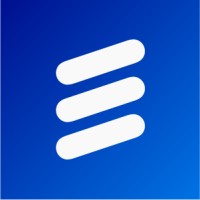
Ericsson
The future of mobile isn’t on the horizon, it’s happening now. At Ericsson, we’re building the foundation for an open network ecosystem where industries, developers, and enterprises thrive. The convergence of 5G, AI, cloud, and network APIs isn’t just a technological shift; it’s a transformation that is redefining industries and enhancing everyday life. Open, programmable networks are enabling real-time innovation and unlocking new business models across the globe. Imagine a world where developers can dynamically access network capabilities on demand, where enterprises don’t just use connectivity but shape it. This isn’t a distant vision, it’s the ecosystem we’re creating today. Collaboration fuels everything we do. By working across industries, we’re designing a future where connectivity isn’t just seamless. It’s intelligent, programmable, and transformative. The shift is happening. Are you part of it?






